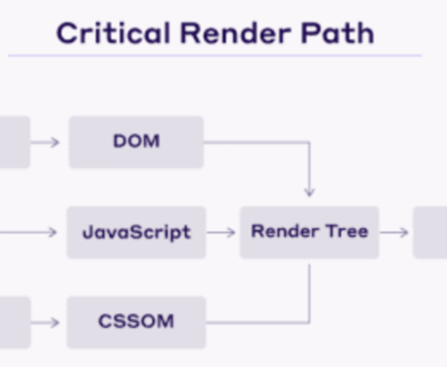Inline Critical CSS refers to the practice of including critical (above-the-fold) CSS directly within the HTML of a web page, rather than loading it from an external stylesheet file. This technique can help reduce the time it takes for a web page to render because the browser doesn’t have to make an additional HTTP request […]
Combining the Document Object Model (DOM) and the CSS Object Model (CSSOM) to create a Render Tree is a crucial step in the browser rendering process. Below is a simplified example illustrating how the DOM and CSSOM are combined: Let’s consider a simple HTML document: DOM Construction: The browser parses the HTML and constructs the […]
The Document Object Model (DOM) and the CSS Object Model (CSSOM) are critical components of web browsers that represent the structure and styling of a web page, respectively. Here, I’ll explain how the DOM and CSSOM are created and provide examples. Creating the DOM (Document Object Model): The DOM is a hierarchical tree-like structure that represents […]
The Critical Render Path (CRP) is a concept in web performance optimization that refers to the sequence of steps the browser takes to render the initial view of a web page on the user’s screen. Understanding and optimizing the CRP is crucial for delivering fast-loading web pages. The CRP consists of several key stages: HTML […]
The browser rendering cycle, also known as the rendering pipeline, is the process by which a web browser displays a web page on the user’s screen. It involves multiple steps, from receiving HTML, CSS, and JavaScript resources to rendering the final visual output. Here’s a step-by-step explanation of the browser rendering cycle: HTML Parsing: CSS […]




